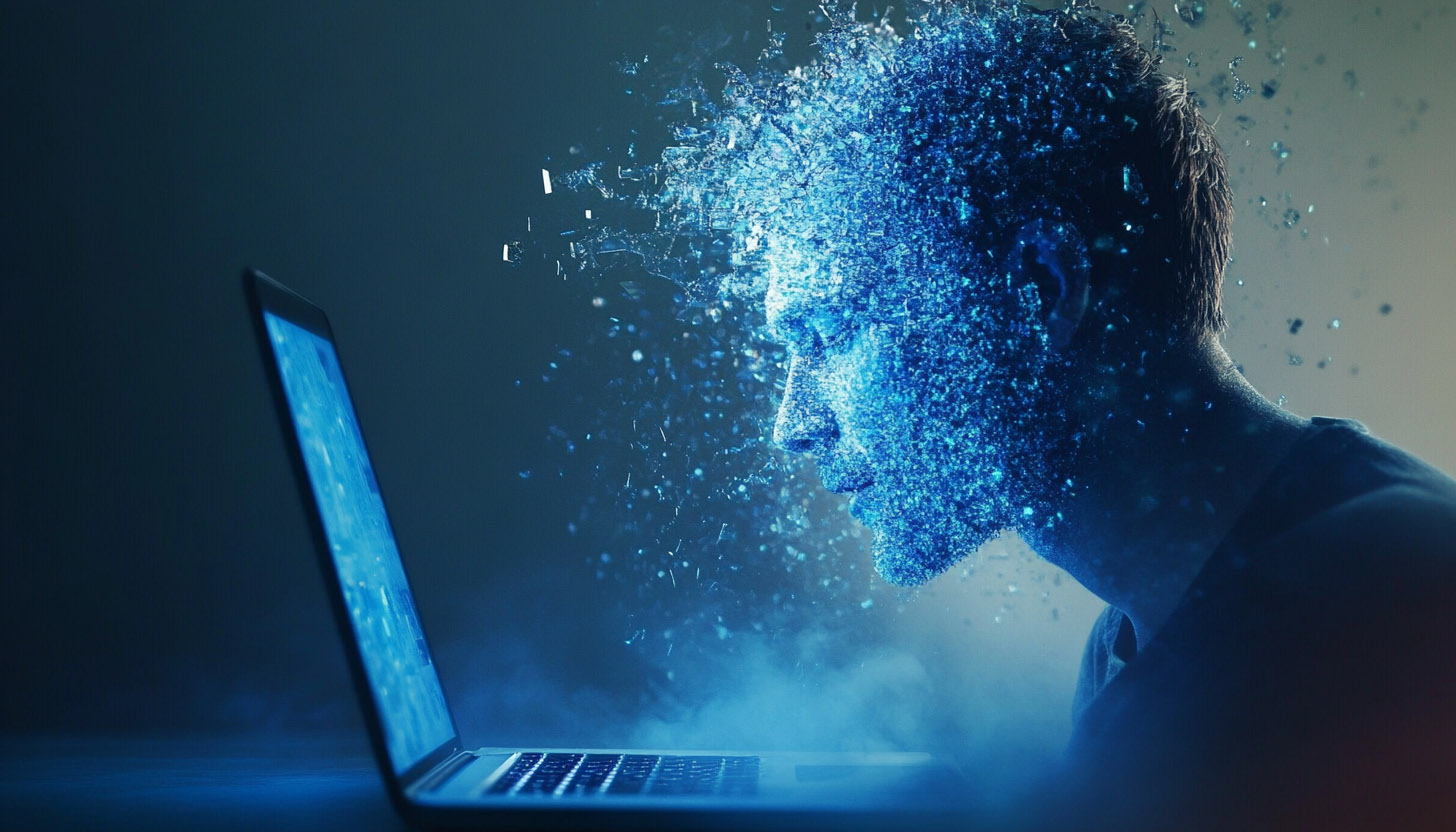Introduction
In the evolving digital media landscape, the fusion of 3D technology and artificial intelligence (AI) has paved the way for a new breed of performers: AI actors. These virtual beings can deliver performances that rival their human counterparts, bringing stories to life in previously unimaginable ways. Let’s explore how 3D characters are becoming the backbone of this exciting innovation and what it means for creators and audiences alike.
What Are AI Actors?
AI actors are virtual characters powered by a combination of 3D modeling, motion capture, and machine learning algorithms. Unlike traditional animated characters, AI actors possess adaptive capabilities, enabling them to respond dynamically to various inputs, including dialogue, emotional cues, and even audience interaction. This technology allows for real-time performance generation, making them ideal for a variety of applications, from video games to virtual influencers.
The Process of Creating AI Actors
- 3D Character Design The journey begins with designing the 3D model of the character. Artists use tools like Blender, ZBrush, or Maya to sculpt and texture the character, ensuring every detail—from facial expressions to wardrobe—aligns with the character’s personality and role.
- Rigging and Animation Once the model is complete, it is rigged with a skeleton that allows for movement. Animators then create a library of facial expressions and body movements, which the AI can later blend and adapt to create unique performances.
- Integration with AI AI capabilities is embedded through machine learning frameworks, such as TensorFlow or PyTorch. These systems train the character to recognize speech, interpret emotional tone, and generate appropriate responses.
- Voice and Performance Voice synthesis tools like ElevenLabs or custom-trained models give AI actors their voices, adding depth and personality. Coupled with real-time lip-syncing and emotional modulation, the character can deliver nuanced performances.
Applications of AI Actors
- Entertainment Industry: AI actors are making waves in film, television, and gaming, offering new possibilities for storytelling and character development.
- Marketing and Advertising: Brands are leveraging AI-driven virtual influencers to connect with audiences on social media platforms, creating highly engaging and interactive campaigns.
- Education and Training: AI characters can serve as tutors or trainers, offering personalized and adaptive learning experiences in virtual environments.
- Healthcare and Therapy: In therapeutic settings, AI actors are being used to simulate social interactions, helping individuals develop communication skills or cope with trauma.
Challenges and Ethical Considerations
While the potential of AI actors is thrilling, their rise brings significant challenges and ethical concerns. Issues such as deepfake misuse, data privacy, and the displacement of human actors need to be addressed. Furthermore, ensuring diverse and unbiased representation in AI character design is crucial to avoiding stereotypes and fostering inclusivity.
The Future of AI Actors
As AI and 3D technology continue to advance, the possibilities for AI actors are limitless. We may soon see them headlining blockbuster films, performing live on virtual stages, or even starring in entirely AI-generated universes. The key will be balancing technological innovation with ethical practices to create a future where AI actors complement, rather than replace, human artistry.
Conclusion
The integration of AI and 3D character technology is reshaping the boundaries of storytelling and performance. By embracing these virtual performers, creators can unlock new dimensions of creativity and engagement, redefining what it means to entertain and inspire. In this brave new world, the stage is set for AI actors to shine—one pixel at a time.
Discover more from Sckript
Subscribe to get the latest posts sent to your email.

